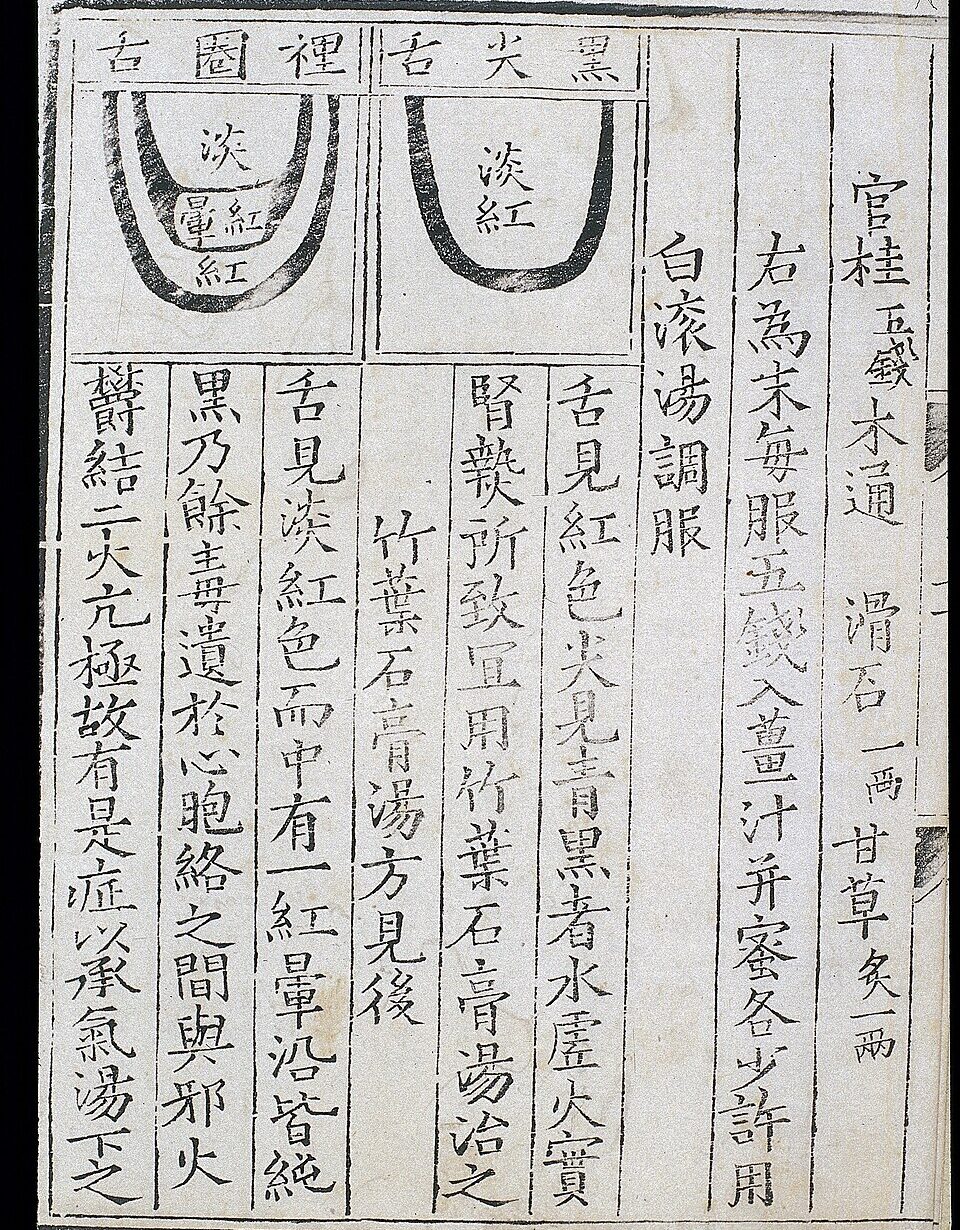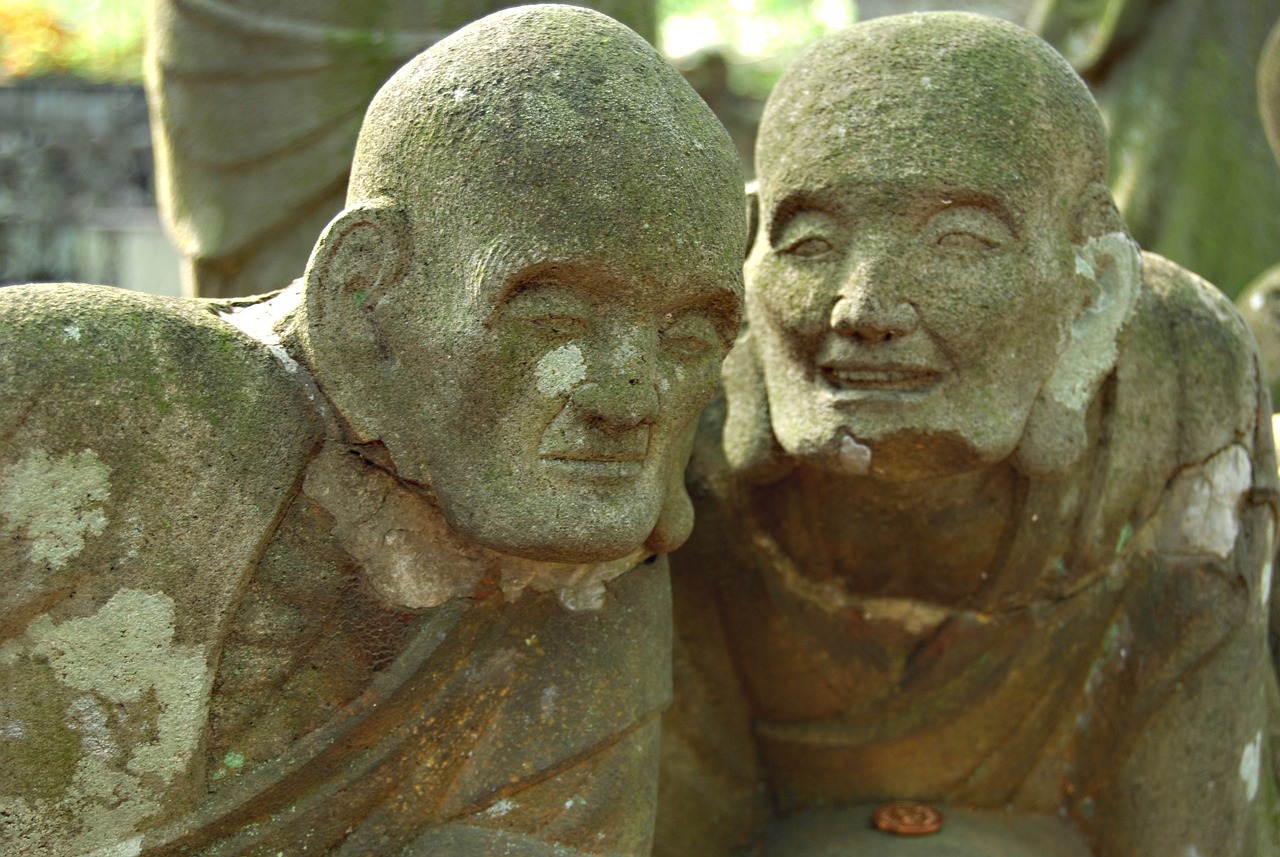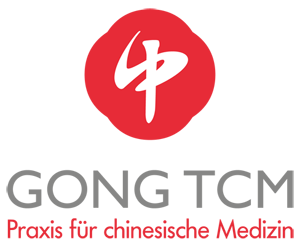Diagnosis
Home – Diagnosis
Diagnosis
For a detailed, individual TCM diagnosis, the TCM therapist takes a lot of time for the patient.
For this purpose, the sick person is viewed holistically and the deeper cause of a disorder is sought. With his knowledge, experience and perception, the Chinese doctor can recognize illnesses based on changes in the body. There are basically the following four essential diagnostic methods in TCM.
Seeing – posture, tongue diagnosis etc.
In TCM diagnosis, attentive observation comes first. The therapist looks at the patient as a whole. Posture, movements, facial expression, skin color and physique provide initial indications of possible disharmonies in the organism. Tongue diagnosis is particularly important: the color, shape, coating, elasticity and visible veins under the tongue provide precise information about internal processes, energetic imbalances and the condition of individual organ systems.

Smell and hear
Smells and sounds can also provide important clues. The TCM therapist pays attention to body and breath odor, as these allow conclusions to be drawn about heat, dampness or toxic conditions in the body. Hearing also plays a role: the voice, speaking behavior, breathing noises or coughing provide information about the functioning of the lungs, heart or other organs.

Keys
In TCM, perception through touch and feel plays a central role. In addition to the familiar pulse diagnosis, in which the quality, depth, frequency and shape of the pulse is assessed at three positions on both wrists, the therapist also uses palpation, i.e. the palpation of certain areas of the body. This involves a targeted search for tension, temperature differences, hardening, tenderness or swelling. The abdomen, back and meridians are often palpated to detect energetic blockages, stagnation or fullness/emptiness.

Questions – Learning to understand people
A detailed discussion rounds off the diagnosis. It is not only about current complaints, but also about lifestyle habits, digestion, sleep, emotions, nutrition, menstrual cycle (in women) and much more. The aim is to understand the individual constitution and the underlying causes of an imbalance, because in TCM not only the symptom but the whole person is treated.



